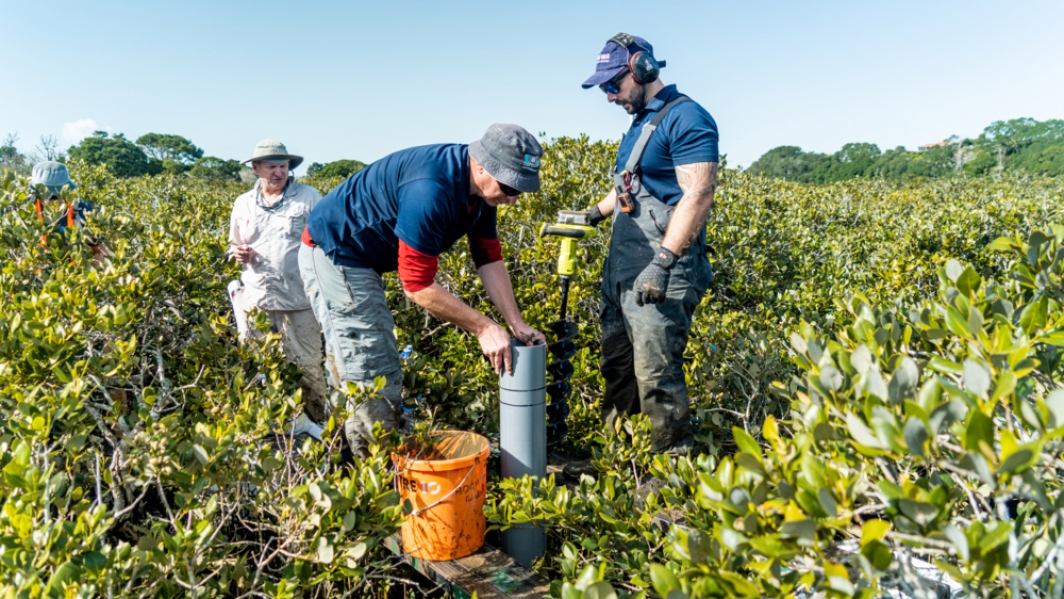-
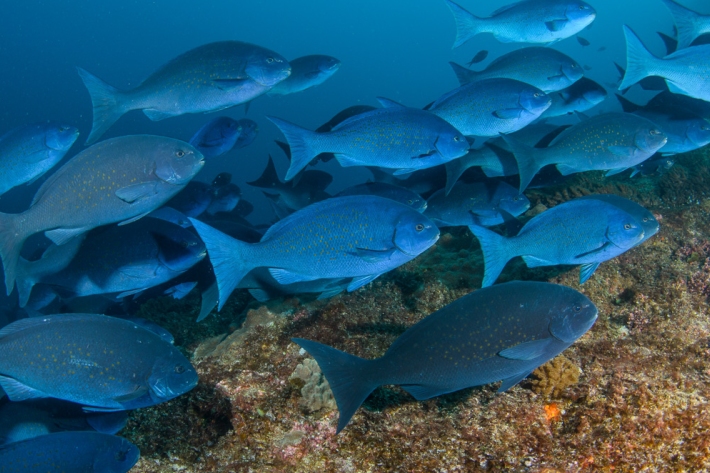
From shallows: moving from the familiar shores of Raoul Island to lesser known higher latitude Islands
Over the last few days the “dive team” have been recording corals, fishes, urchins and other invertebrates from the shallow waters (0-30m) surrounding Raoul Island to complement the biodiversity records from the deeper ocean collected by the other scientists onboard. -
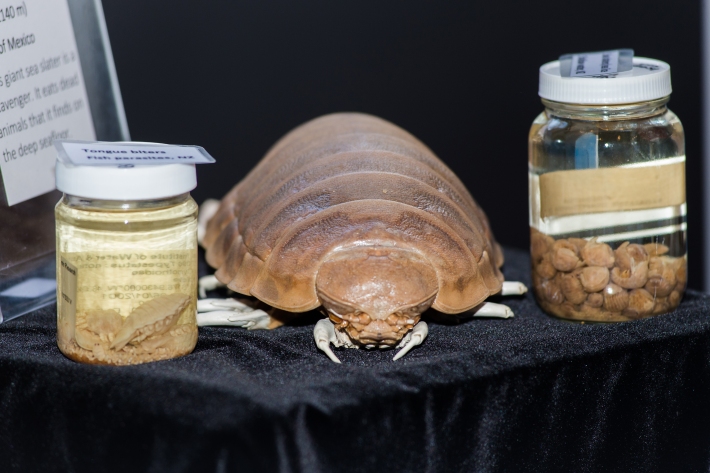
Critter of the Week – Bathynomous giganteus, the giant sea slater
The giant sea slater Bathynomus giganteus A. Milne Edwards, 1879 is an abundant isopod species of massive size from the family Cirolanidae. -

Mesopelagic trawl - off Kermadec Islands Oct 2016
Using a very wide net to complete a 960m deep mesopelagic trawl near the Kermadec Islands has brought up a large number and diverse range of deep water species. -
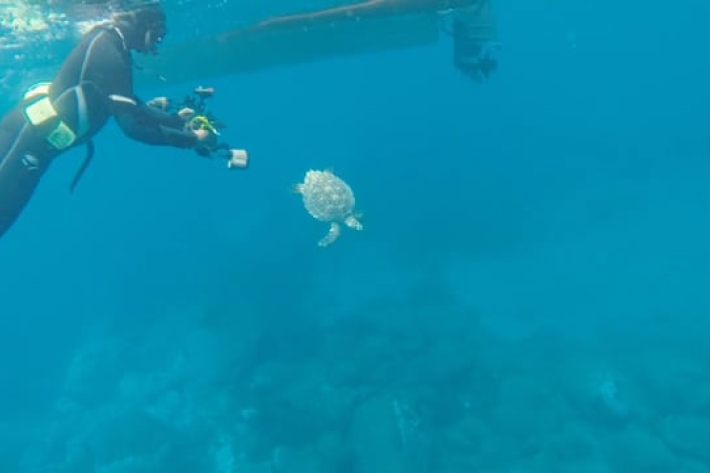
Koha a rare Hawksbill sea turtle is released back into the ocean
Filmed from our underwater cameras, watch as Koha the turtle is released back into the ocean near Raoul Island. -
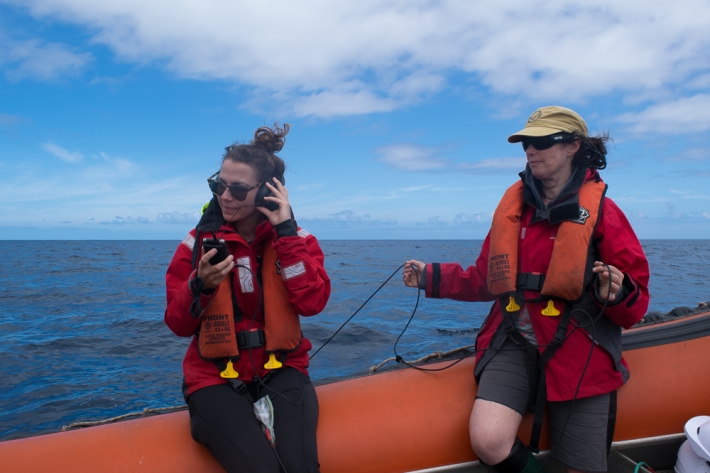
Raoul Island whales
During September and October Raoul Island is like Grand Central Station for humpback whales. -
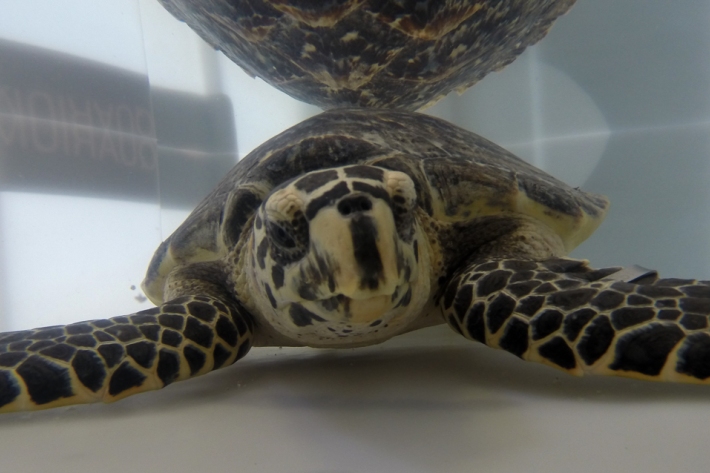
Releasing Koha the turtle at Raoul Island
During the middle of last night we arrived at Raoul Island. -
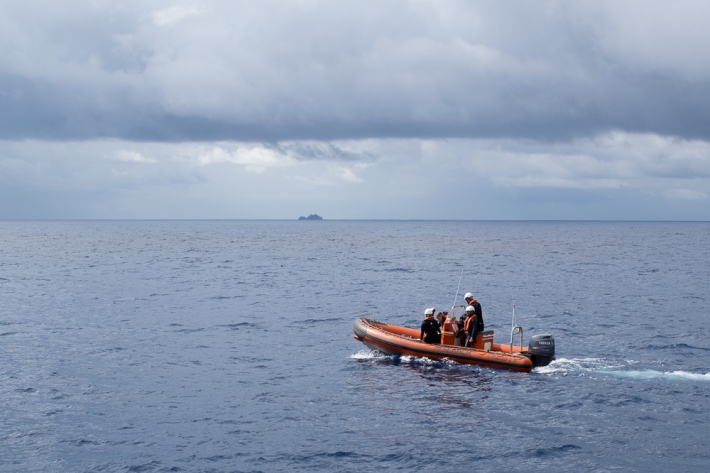
Easing into the Kermadec Ridge expedition
After the flurry of activity and excitement when Koha the rehabilitated turtle came aboard, it has been a relatively quiet couple of days. -

Kermadec voyage news
Read the latest news and updates from the Kermadec expedition 2016. -

Kermadec voyage blog
Live from Tangaroa. Amelia from The Pew Charitable Trusts will keep you up-to-date with all the action from RV Tangaroa through her regular blog posts. -
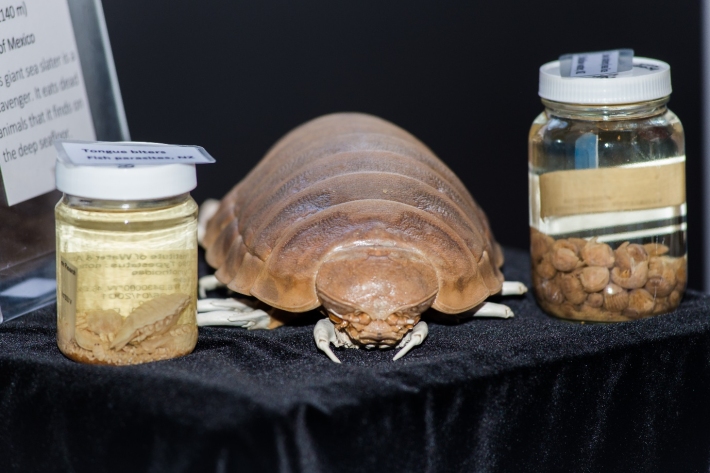
Critter of the Week – Bathynomous giganteus, the giant sea slater
The giant sea slater Bathynomus giganteus A. Milne Edwards, 1879 is an abundant isopod species of massive size from the family Cirolanidae. -
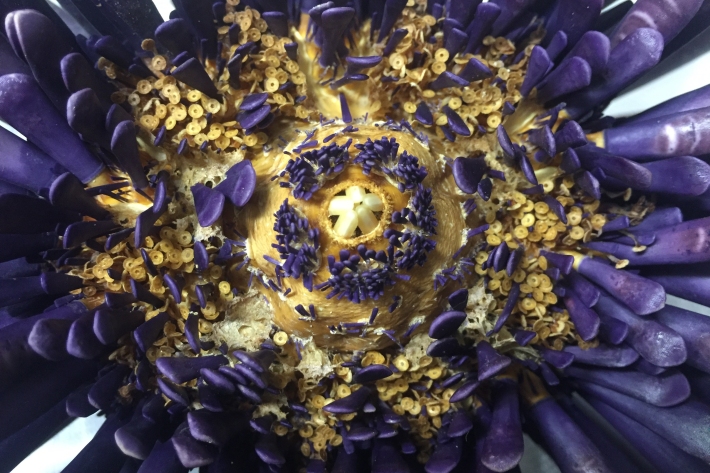
Critter of the Week: The tropical slate pencil urchin
The NIWA Invertebrate Collection mainly consists of samples collected in the deepsea, but occasionally we find shallow exceptions like this stunning sea urchin. -
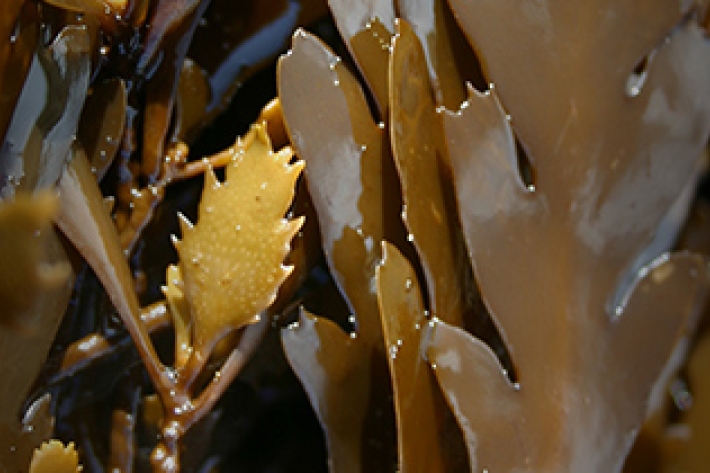
Beautiful Browns
News article16 September 2016Do you know where in New Zealand to find Neptune’s necklace or rimurapa? Or how to tell apart Carpophyllum from Cystophora?

